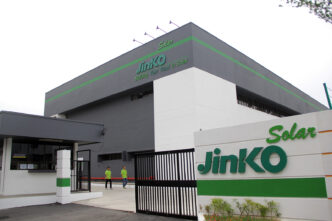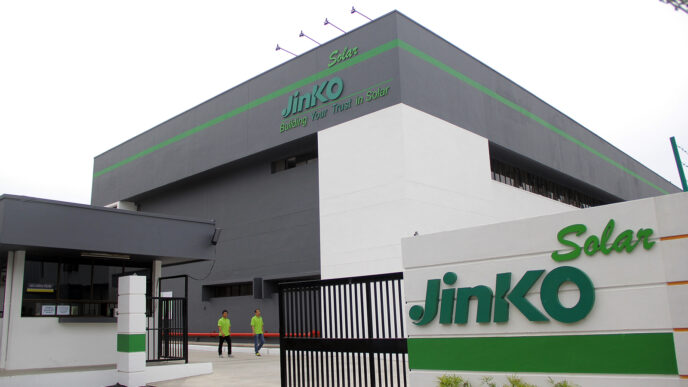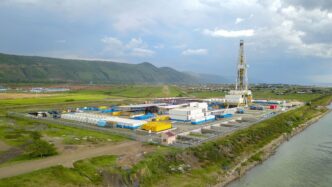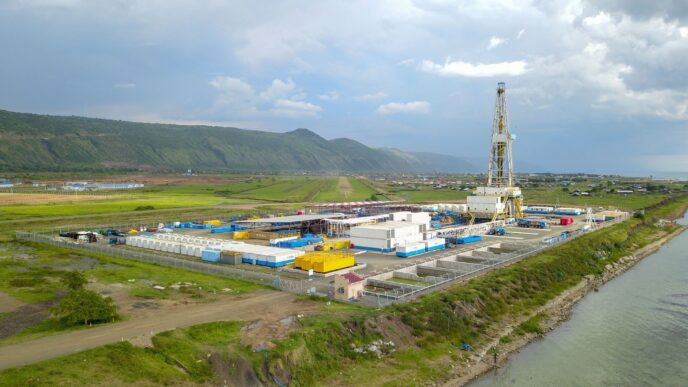As geopolitical tensions rise and nations race to dominate the final frontier, one private company has quietly redefined America’s technological edge in space: SpaceX’s Starlink. Originally designed to deliver global internet connectivity, Starlink has rapidly evolved into a key asset underpinning U.S. satellite superiority—reshaping modern warfare, communications, and national security.
The Birth of a Megaconstellation
Starlink is SpaceX’s ambitious project to deploy a vast “megaconstellation” of low Earth orbit (LEO) satellites. As of mid-2025, over 6,000 satellites are actively operating, with long-term plans calling for as many as 42,000 units. Unlike traditional geostationary satellites, which orbit at high altitudes and suffer from latency issues, Starlink’s LEO satellites offer low-latency, high-speed connectivity across every inch of the planet.
This unique architecture gives Starlink significant strategic value: it is decentralized, redundant, and difficult to disable—qualities highly desirable for military and national defense purposes.
A Quiet Revolution in Military Communications
Starlink’s first major demonstration of strategic utility came during the Russia-Ukraine conflict, where its terminals were used to keep Ukrainian forces connected on the battlefield after terrestrial networks were destroyed. That moment awakened global military planners to Starlink’s potential.
Today, the U.S. Department of Defense has deepened its collaboration with SpaceX, signing contracts for Starlink terminals and services to enhance the Pentagon’s communication infrastructure. Whether in remote deserts, contested maritime regions, or in the Arctic, U.S. forces can now rely on a resilient and fast satellite internet backbone.
This capability is critical in modern warfare, where data transmission speed, real-time intelligence sharing, and command coordination are decisive factors. Starlink’s network allows encrypted communications, drone control, live reconnaissance feeds, and precision targeting—without depending on fragile ground-based infrastructure.
Space Superiority in the New Cold War
As the global space race heats up—especially between the U.S., China, and Russia—Starlink gives America an undeniable edge. While other nations are attempting to develop similar systems, none have achieved Starlink’s scale, reliability, or operational success.
Moreover, Starlink contributes to a new kind of soft power: connectivity as influence. In regions with poor digital infrastructure, Starlink’s ability to deliver broadband internet directly to users acts as a tool of diplomatic and economic leverage. Countries and communities that gain access to Starlink are drawn closer to American technological ecosystems.
Simultaneously, this advantage raises concerns for adversaries. In recent months, Russia and China have accused Starlink of functioning as a quasi-military asset, with reports suggesting both countries are exploring ways to jam or disable its satellites. But Starlink’s distributed nature makes it extremely difficult to neutralize without engaging in full-scale kinetic anti-satellite warfare—an act that would escalate to dangerous levels.
Commercial Power Meets National Security
The rise of Starlink marks a significant turning point in how nations project power from space. Traditionally, satellite infrastructure has been dominated by state-run agencies with slow procurement cycles and bureaucratic inefficiencies. SpaceX, as a private company operating at the speed of innovation, has disrupted this model by delivering and maintaining advanced space capabilities at scale.
This shift—known as “commercial militarization of space”—reflects a broader trend in U.S. strategy: leveraging private sector ingenuity to maintain dominance in critical domains.
In fact, Space Force and the National Reconnaissance Office (NRO) have begun integrating private satellite networks like Starlink into their operational planning, including real-time tracking, intelligence, and logistics.
Challenges and Future Risks
Despite its many advantages, Starlink’s dual-use nature introduces several challenges:
- Weaponization of civil infrastructure: What began as a civilian broadband network is now embedded in military operations, making Starlink a target in future conflicts.
- Space traffic and debris: With thousands of satellites in orbit, the risk of collisions and the creation of orbital debris increases—threatening long-term space sustainability.
- Regulatory uncertainty: Starlink’s global reach often conflicts with national telecom regulations, creating tensions in countries where governments want to control digital infrastructure.
Still, SpaceX continues to innovate—pioneering satellite-to-smartphone connections, hardened military-grade terminals, and AI-enhanced autonomous management of satellite fleets.
Conclusion: Starlink as a Strategic Asset
Starlink has moved far beyond its original mission of global internet provision. It now represents a powerful extension of American space power—an adaptable, scalable, and resilient satellite network that supports both commercial interests and national security objectives.
As space becomes increasingly contested and congested, Starlink gives the United States a formidable edge: not just in bandwidth, but in geostrategic advantage, battlefield agility, and technological dominance. In a future where the skies above are as important as the ground below, Starlink is not just part of the U.S. satellite arsenal—it is fast becoming the backbone of American supremacy in the 21st-century space domain.
















